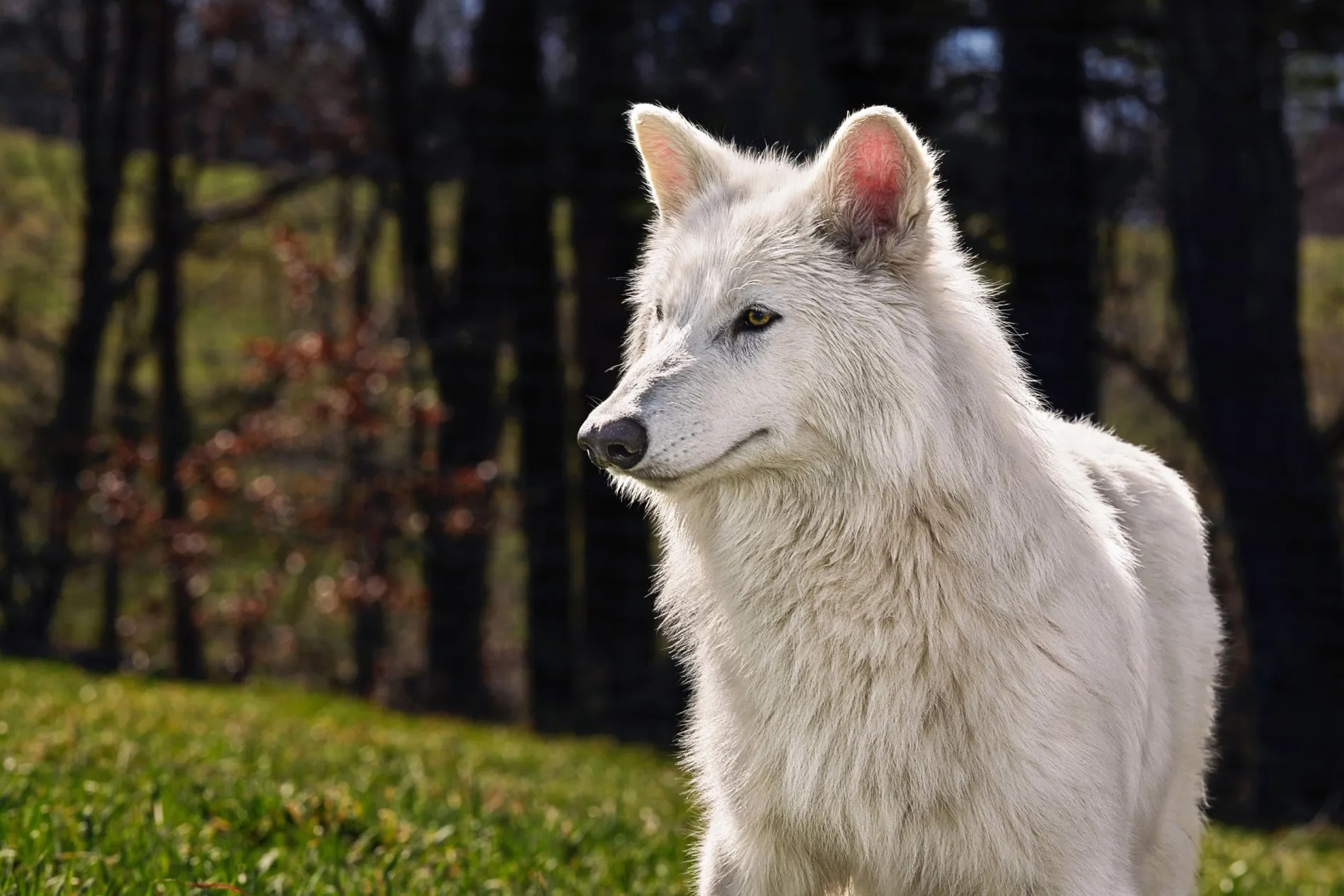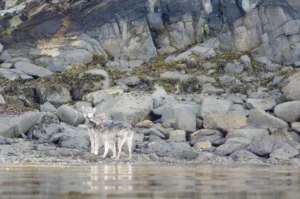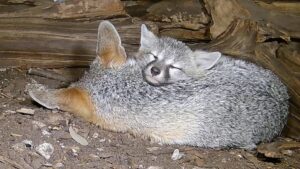BY RACHELLE SCHRUTE
In a groundbreaking leap reminiscent of Jurassic Park, scientists have successfully revived the dire wolf, an apex predator that vanished nearly 13,000 years ago.
The revival project, spearheaded by startup company Colossal Bioscience, used advanced DNA editing techniques. By sequencing ancient DNA samples recovered from fossils preserved in tar pits, researchers reconstructed a complete genome of the dire wolf, closely related yet distinctly separate from modern grey wolves.
Two male pups, Remus and Romulus, were born in October 2024, followed by a female named Khaleesi in January 2025. Fans of HBO’s Game of Thrones will likely recognize both the creature and the inspiration behind their names.
But are these really dire wolves or just genetically modified grey wolves? That “grey” area is up for interpretation.
While Stanford led the genetic effort, biotech startup Colossal Biosciences played a pivotal role in bringing the project to life. Known for its mission to resurrect the woolly mammoth, Colossal provided logistical support, funding, and proprietary gene-editing tools that accelerated the dire wolf program.
Colossal’s involvement also sparked public curiosity, thanks in part to its high-profile partnerships and unapologetically bold marketing. I mean, just take a look at the company’s website. It’s hard to decide whether it’s legit or a carefully crafted sci-fi movie promo.
CRISPR to the Rescue
Using CRISPR (Clustered Regularly Interspaced Short Palindromic Repeats) technology, the team introduced precise genetic edits into embryos of modern wolf relatives, effectively recreating dire wolf traits. After several attempts, the first litter of dire wolves was successfully born last fall in a controlled facility in Montana.
These animals are designed to thrive in rugged, challenging environments. The project’s next step involves assessing their viability in protected wilderness areas.
Dire wolves, once dominant across North America, were notably larger and sturdier than today’s wolves, capable of taking down massive prey such as bison and giant sloths. Their reintroduction could radically reshape modern ecosystems, presenting both exciting opportunities and ecological challenges.
The project has sparked vigorous debate within the conservation community. Supporters view it as a monumental achievement in species restoration, while skeptics caution about potential risks to existing wildlife.
Are they actually dire wolves?
This article first appeared on GearJunkie.









